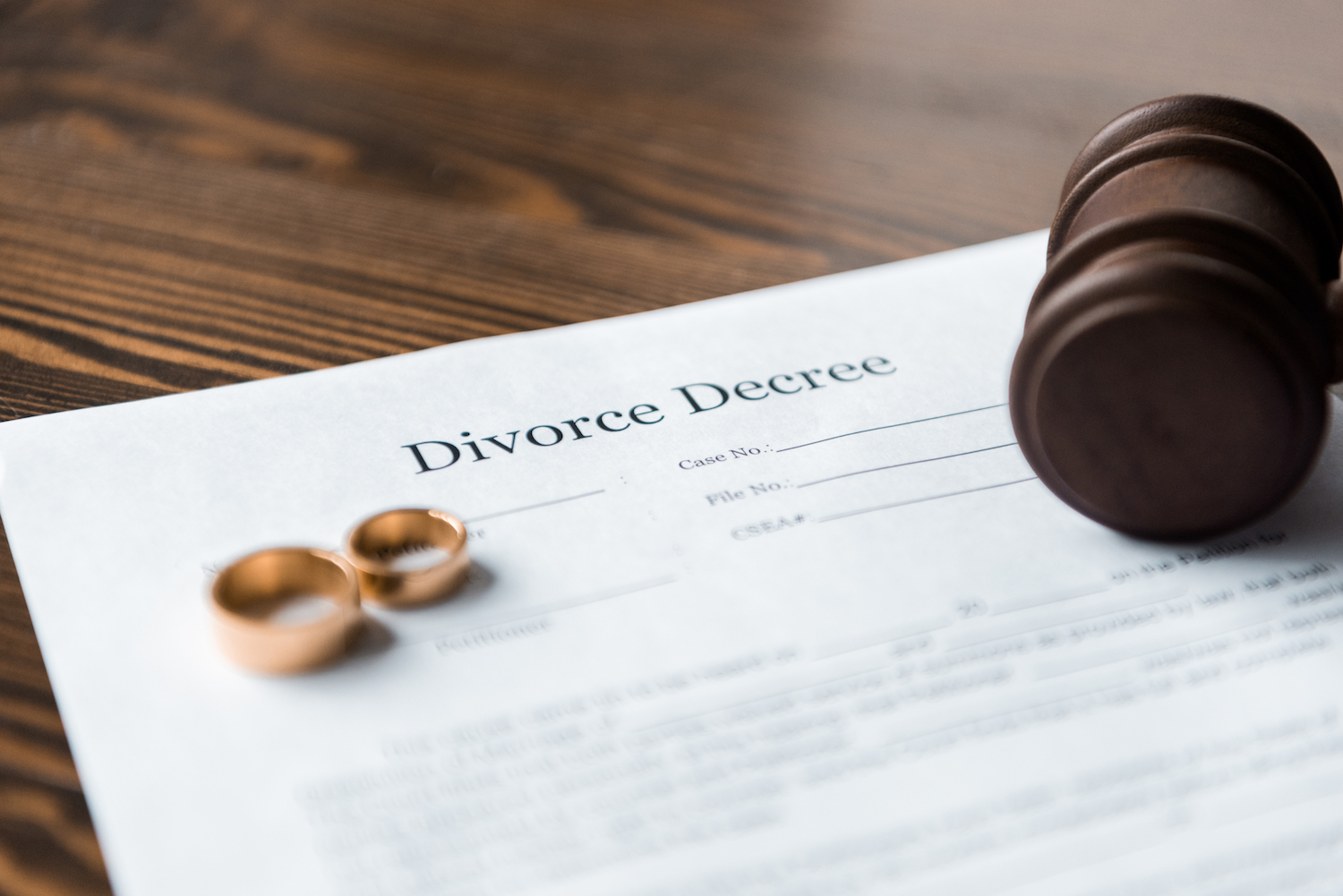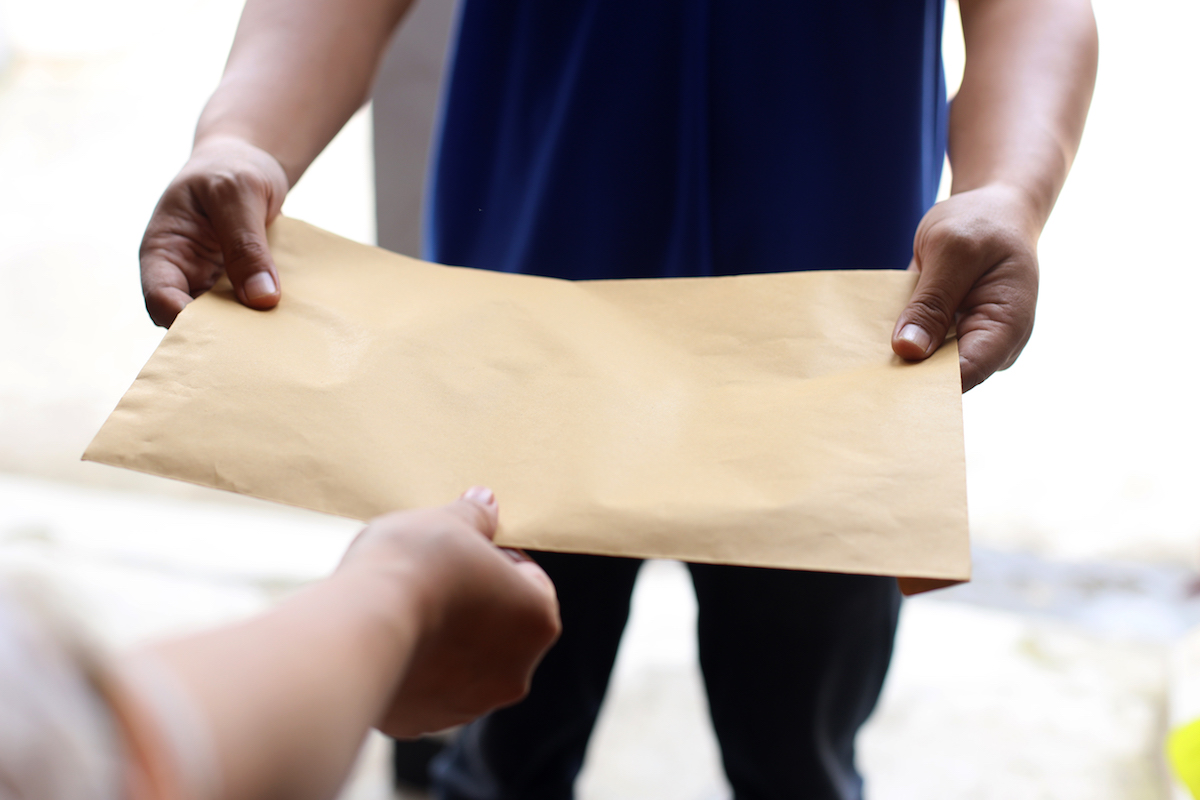Your Comprehensive Guide to Filing for Divorce in Minnesota: Understanding the Step-by-Step Process
Divorce can be a challenging and emotional process, and understanding the step-by-step process is crucial to navigating through it. In Minnesota, filing for divorce requires meeting residency requirements, understanding the grounds for divorce, filing the divorce petition, serving the papers on your spouse, responding to the petition, negotiating settlements, attending mediation or other alternative dispute resolution methods, preparing for trial if necessary, and finalizing the divorce decree. This comprehensive guide will walk you through each step of the divorce process in Minnesota, providing you with the knowledge you need to make informed decisions.

Understanding the divorce process in Minnesota
Before diving into the specific steps, it is essential to understand the overall process of divorce in Minnesota. Minnesota is a “no-fault” divorce state, which means that neither party needs to prove fault or wrongdoing to obtain a divorce. The court will grant a divorce if it finds that there has been an “irretrievable breakdown” of the marriage. Only one person must say that the marriage is irretrievably broken and the Court will grant the divorce.
Step 1: Meeting the residency requirements in Minnesota
To file for divorce in Minnesota, you or your spouse must meet the residency requirements. Either one of you must have lived in Minnesota for at least 180 days before filing the divorce petition. Venue of a divorce action is proper in the County where either party resides.
Step 2: Grounds for divorce in Minnesota
Minnesota recognizes the “irretrievable breakdown” requirement for the Court to grant the divorce. This means that there is no hope of reconciliation and that the marriage cannot be saved. It’s important to note that the court will consider other factors, when making decisions regarding child custody, support, and property division.
Step 3: Filing the divorce petition
To initiate the divorce process, you need to serve a divorce petition on the other party. The petition must include information about your marriage, such as the date of the marriage, the names and addresses of both spouses, and any children involved.
Step 4: Serving the divorce papers on your spouse
You must serve the papers on your spouse. This can be done by a sheriff’s deputy or a third party who is not involved in the case by handing the pleadings to your spouse.

Step 5: Responding to the divorce petition
After being served with the divorce papers, your spouse has a specific timeframe to respond. In Minnesota, the response period is generally 30 days. Your spouse can either agree with the terms outlined in the petition or contest them. If your spouse fails to respond within the given timeframe, you may be able to proceed with the divorce by default.
Step 6: Negotiating settlements and reaching agreements
Once both parties have been served with the necessary paperwork, it is time to negotiate settlements and reach agreements regarding child custody, spousal support, property division, and any other relevant matters. This can be done through direct negotiation between the spouses or with the assistance of attorneys or mediators.
Step 7: Attending mediation or alternative dispute resolution
If you and your spouse are unable to reach agreements through negotiation, the court may order mediation or alternative dispute resolution (ADR). Mediation involves a neutral third party who helps facilitate communication and assists in finding common ground. ADR methods such as an Early Neutral Evaluation can also be used to resolve disputes outside of court.
Step 8: Preparing for trial, if necessary
If all attempts at reaching agreements fail, the case may proceed to trial. Both parties will present their arguments and evidence, and the judge will make decisions on matters that cannot be resolved through negotiation or ADR. It is crucial to work closely with your attorney and gather all necessary documentation to present a strong case in court.
Step 9: Finalizing the divorce decree
Once the court has made its decisions, a divorce decree will be issued. This document outlines the final agreements and orders regarding child custody, support, property division, and other relevant matters. It is important to review the decree carefully and seek legal advice if you have any concerns or questions.
Additional considerations in the divorce process in Minnesota
Throughout the divorce process, it is crucial to consider the emotional well-being of both yourself and any children involved. Seeking support from friends, family, or counseling services can be beneficial during this challenging time. Additionally, it’s essential to familiarize yourself with Minnesota’s laws regarding property division, child custody, and support to ensure you understand your rights and responsibilities.
Resources for further assistance
Going through a divorce in Minnesota can be a complex and emotional process. By understanding the step-by-step process and seeking professional guidance, you can navigate through this challenging time more effectively. Remember to consult with an experienced family law attorney to ensure you have the support you need throughout the divorce process. For further resources and assistance, you can visit the Minnesota Judicial Branch website or seek guidance from local support groups and counseling services.
St Cloud’s Most Trusted Family Law Firm
If you need assistance with filing for divorce in Minnesota, contact our experienced family law attorneys today for a confidential consultation.
Minnesota Law Articles

How To Choose The Right Divorce Attorney For You
When contemplating divorce, you may feel overwhelmed, worried, and even angry. Of course, those feelings are entirely natural. However, sitting on the sidelines and simply reacting to these emotions will not help you obtain the outcome you want in your divorce. As...
